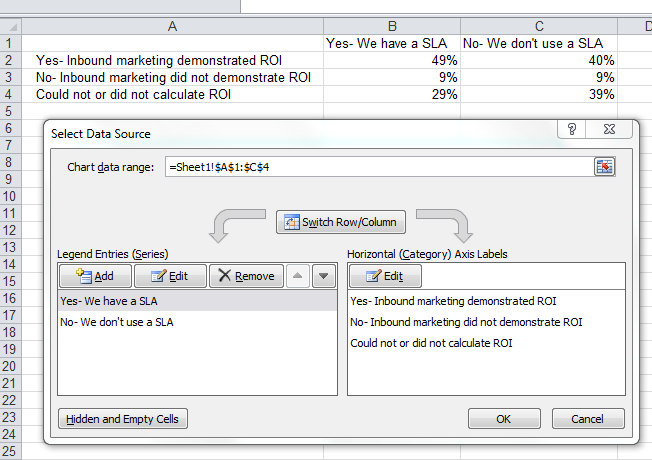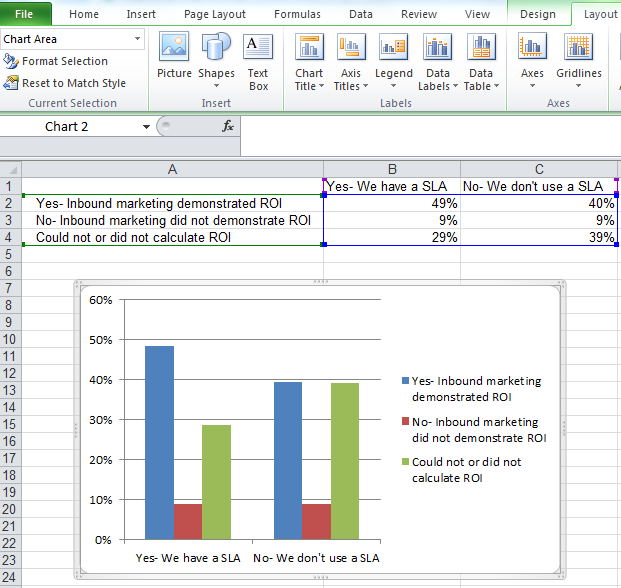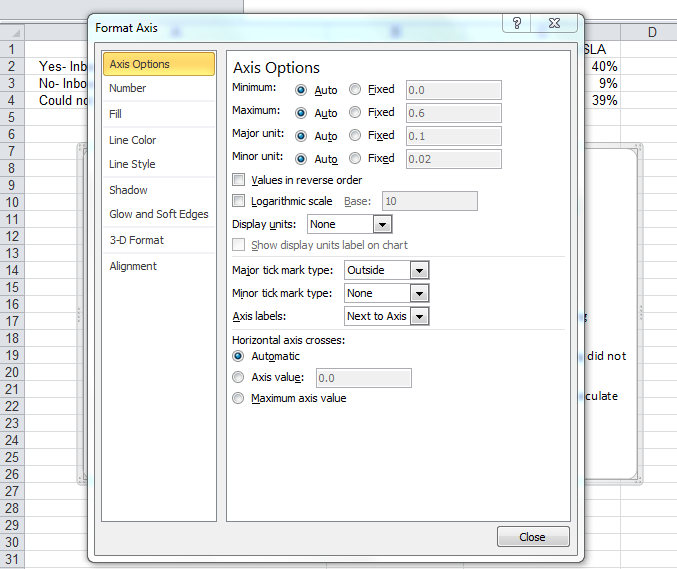In my neck of the woods precipitation comes one of two ways; either all at once or not at all. Spring sees ample showers, but as soon as the calendar turns to June the rain dries up. Unless there is an unusual weather pattern in play I can count on Arkansas’ summers to be hot and dry.
Rather than rely 100 percent on irrigation to carry the garden through, I choose drought tolerant plants that I know will survive extended periods without rain. By selecting the right plants for my dry climate I use less water and I don’t have to work as hard to keep the garden looking good during the dog days of summer.
To make things even easier I use a lot of drought tolerant perennials. Perennials will come back year after year without replanting and most are pretty low maintenance. Throw in drought tolerance and you’ve got something you can pretty much plant and forget.
Unlike annuals, many perennials bloom for a specific amount of time. Gardeners can create season-long interest by selecting spring, summer and fall flowering perennials and showy foliage plants.
Here’s a short list of drought tolerant perennials categorized by season.
Spring Flowering Drought Tolerant Perennials
Alyssum (Alyssum montanum)
Alyssum will form a dense mat of attractive foliage and spring blooms. Try River of Gold™ for its bright yellow flowers.
Zones 4 – 8; full sun; 6 to 8 inches tall with a 10-inch spread.

Dead Nettle (Lamium maculatum)
Lamium is a low growing groundcover for either sun or shade. The variety Pink Chablis® has charming pale pink flower and frosty green and white variegated leaves.
Zones 4 – 8; full sun or shade; 8 – 12 inches tall with a 24-inch spread.

False Indigo (Baptisia hybrid)
Baptisia is a North American native plant that produces sweetpea-like blooms. Try one of the hybrids in theDecadence™ series for compact plant form and saturated color. Available cultivars include ‘Cherries Jubilee’ (maroon and yellow), ‘Blueberry Sundae’ (vibrant blue), ‘Dutch Chocolate’ (dark plum), and ‘Lemon Meringue’ (yellow).
Zones 4 – 9; full sun to partial shade; 30 – 26 inches tall.

Summer Flowering Drought Tolerant Perennials
Evening Primrose (Oenothera)
Oenothera has a loose, wildflower appearance that makes it right at home in cottage-style gardens. The cultivar Lemon Drop® produces fragrant, yellow blooms all summer. It is both drought tolerant and adaptable to poor soils. Because Lemon Drop® does not set seeds like some of its freewheeling cousins, it will stay put rather than pop up around the garden.
Zones 5 – 11, full sun; 8 – 12 inches tall.

Perennial Sunflower (Heliopsis)
The bright yellow, daisy-like flowers of this North American native plant brighten the garden. The improved cultivar ‘Tuscan Sun’ boasts an extended blooming season and stays a manageable size.
Zones 3 – 9; full sun to partial shade; 12 – 20 inches tall.

Butterfly Flower (Gaura lindheimeri)
This is one of my favorite “see through” plants. I like to position Gaura in the middle of a flower border so that the loose stems create a veil through which the background plants are seen. This creates a little mystery and added dimension. Stratosphere™ Pink Picotee and Stratosphere™ White will bloom May through September.
Zones 6 – 11; full sun; 12 – 24 inches tall.

Fall Flowering Drought Tolerant Perennials
Sedum sp.
Sedums are a classic choice for low water gardens. There are both spreading and upright forms. The upright cultivar ‘Maestro’ puts on a spectacular autumn show with abundant bright purple bloom stalks and pink flowers.
Zones 3 – 9; full sun; 24 – 30 inches tall.

Aster sp.
What would the fall garden be without asters? I’m particularly fond of the blue and purple varieties because the colors complement the red, orange and yellow of the season. ‘Sapphire Mist’ produces an abundance of large, lilac blooms on compact plants from late summer through fall.
Zones 4 – 8; full sun; 12 – 16 inches tall.

Bluebeard (Caryopteris sp.)
Caryopteris blooms are a splash of cool blue at the end of summer. Sunshine Blue® Caryopteris incana is one I grow. I love the color combination of the neon yellow foliage and periwinkle flowers.
Zones 5 – 11; full sun; 36 – 48 inches tall.

Drought Tolerant Perennials Prized for their Foliage
Ornamental Grasses
Pair ornamental grasses with bold blooms or fleshy leaves to create an interesting texture combination. ‘Cheyenne Sky’ Red Switch Grass (Panicum) is part of my Proven Winners® Platinum Collection. It’s a chameleon that changes from blue-green to wine red over the course of the summer.
Zones 4 – 9; full sun; 30 – 36 inches tall.

Heuchera sp.
You’ll be amazed at the variety of color and pattern available with such an easy care plant. I’m a huge fan of the varieties in the Proven Winners® Dolce® Series, which range in color from chartreuse to almost black.
Zones 4 – 9; full sun to partial shade; 8 – 16 inches tall.

Wood Spurge (Euphorbia amygdaliodes)
This plant blooms in spring, but the foliage is its greatest asset. The cultivar ‘Helena’s Blush’ has variegated green and white leaves that develop bright pink highlights as the temperatures cool in autumn.
Zones 6 – 9; full sun; 16 – 20 inches tall and 20 inches wide.

Good to Know
Even drought tolerant plants need water just after planting, water your newly planted drought tolerant perennials weekly the first growing season.
http://www.pallensmith.com/articles


































































